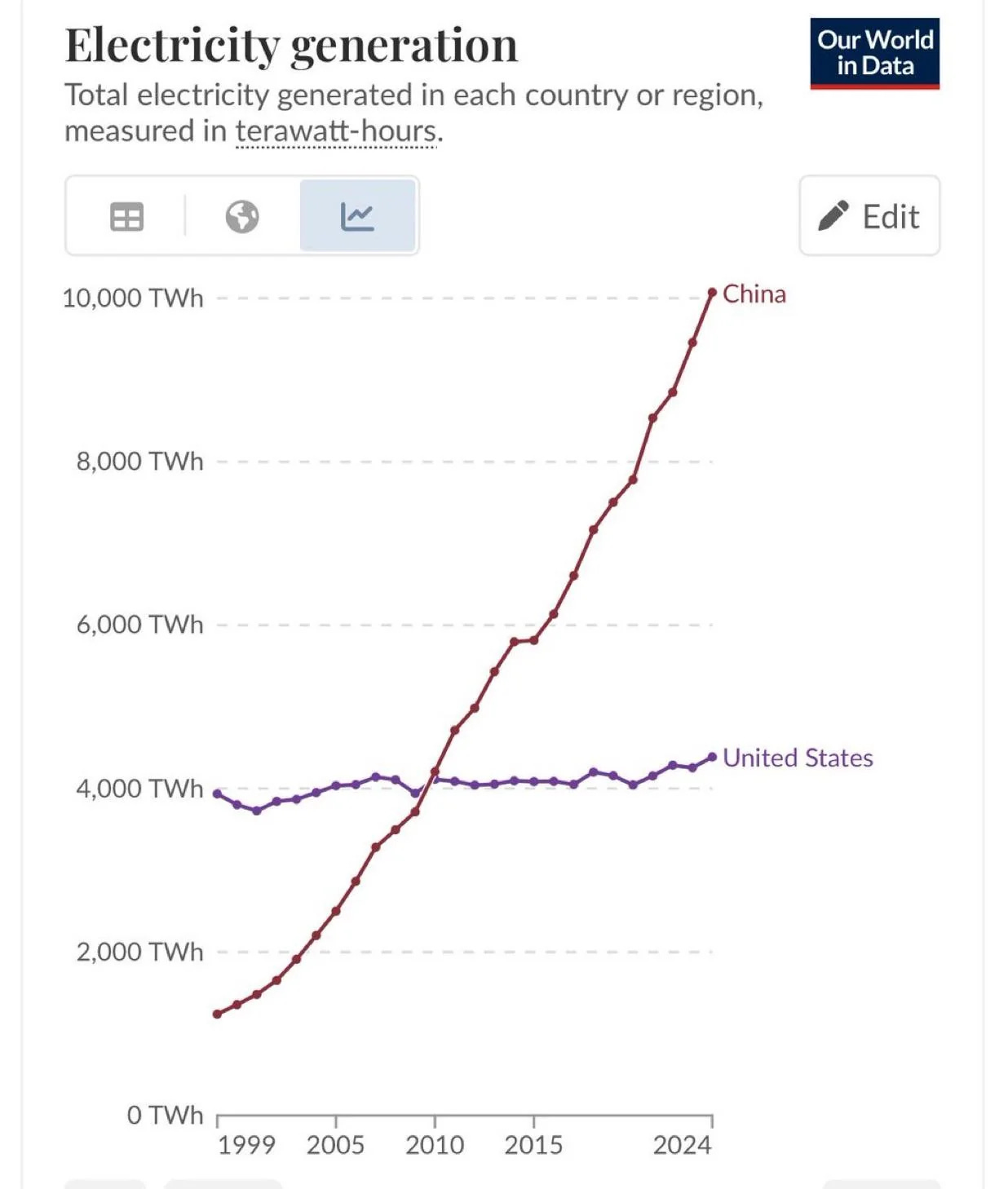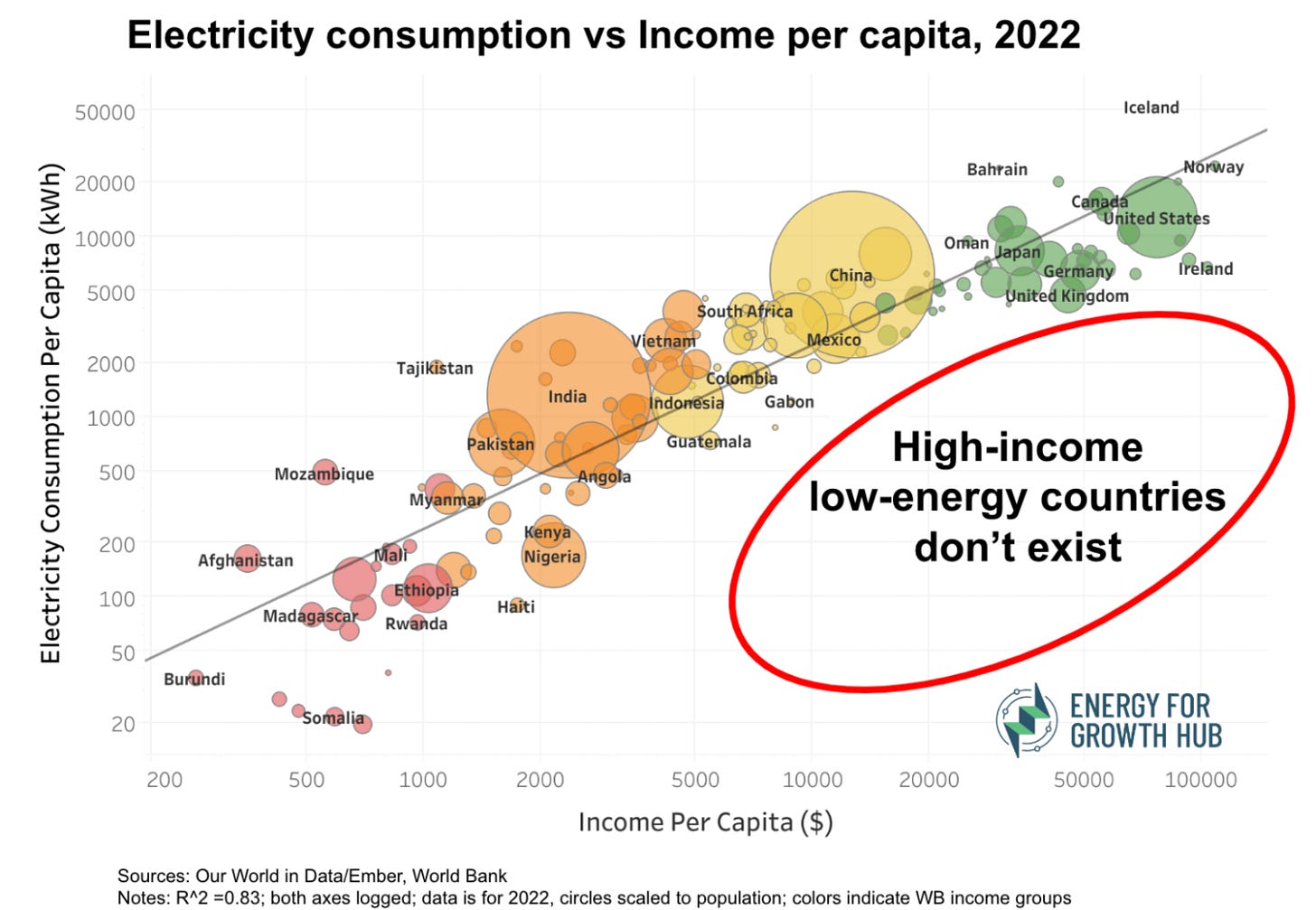No, AI Is Not Destroying the Planet
There’s a growing narrative that the spread of AI (and by extension the build-out of data centers) is inherently destructive to the planet. But the story is more nuanced. Yes, AI systems and their infrastructure consume energy, but they do not by default mean the planet is being destroyed. What matters more is how we generate that energy.
Data centers hosting AI models and services consume large amounts of electricity. According to the International Energy Agency (IEA), global electricity demand from data centers is likely to more than double by 2030, reaching around 945 terawatt-hours (TWh) under current projections.
In other words, the scale is significant. Some analyses estimate that AI workloads already represent up to 20% of global data center power demand. Still, there are reasons to argue that this energy demand does not automatically translate into environmental destruction. One reason is efficiency: data center technology continues to improve, meaning more computing per unit energy. The IEA suggests that under scenarios of efficiency improvement, the share of energy demand from data centers might stabilize at under 2% of global electricity demand by 2035.
Another reason is framing: energy demand in itself is not inherently bad. What matters is what kind of energy. If electricity is generated by fossil fuels, then yes, the emissions footprint will increase. But if the generation comes from low-carbon or renewable sources, the harmful impact is much reduced.
Why we need more energy (not less)
When the conversation focuses solely on reducing data center build-out or restricting AI use, it misses the bigger picture: our entire digital economy, our infrastructure, health systems, commerce, even climate modelling, all depend on energy. If we simply say “less energy use” without ensuring that energy comes from cleaner sources, the risk is shifting to more destructive fossil-fuel generation or throttling beneficial systems.
When people argue that AI and data centers are unsustainable, they often overlook the context of global energy production. Fossil fuel use is still a problem, but it’s not spiraling out of control the way it’s often portrayed. Most countries are becoming more efficient, and the biggest story is how much cleaner energy generation is getting, not how much dirtier.
China’s role: bigger energy output, cleaner growth
China is a clear example. Over the last two decades, its electricity generation has surged past every other nation, reaching nearly 10,000 terawatt-hours in 2024. That growth is often cited as evidence of runaway emissions, but the data shows something different. Much of the new capacity comes from renewables and modernized infrastructure. In 2024 alone, solar and wind met the majority of China’s new electricity demand. The country has rapidly built out large-scale hydro, nuclear, and clean coal systems designed to replace older, inefficient plants.
The result is that China’s energy output keeps rising, but its carbon intensity per unit of electricity is falling. While Western headlines focus on coal, the bigger picture is about expansion, building enough total energy capacity to support digital systems, AI models, and industrial growth without relying on the dirtiest fuels. The chart above makes that shift visible: China’s production keeps climbing, while the U.S. has plateaued. Rather than framing this as a crisis of energy consumption, it’s more accurate to see it as a transition toward abundance: more energy, cleaner generation, and a foundation strong enough to support the next wave of technology.
The takeaway
Yes, data centers use a lot of energy. That should not be viewed as a problem but as a signal that we need to produce more. There are no low-energy, high-income countries. The growing demand from AI and digital infrastructure means our energy systems must expand, not contract. Higher energy use is not failure; it reflects progress and the need for greater capacity.
If we want reliable AI systems, faster research, and access to modern technology worldwide, we need a larger and more stable supply of power. The goal is not to limit consumption but to increase production in cleaner and more efficient ways. That means investing in nuclear power, renewables, and modern grids that can handle the demand.



